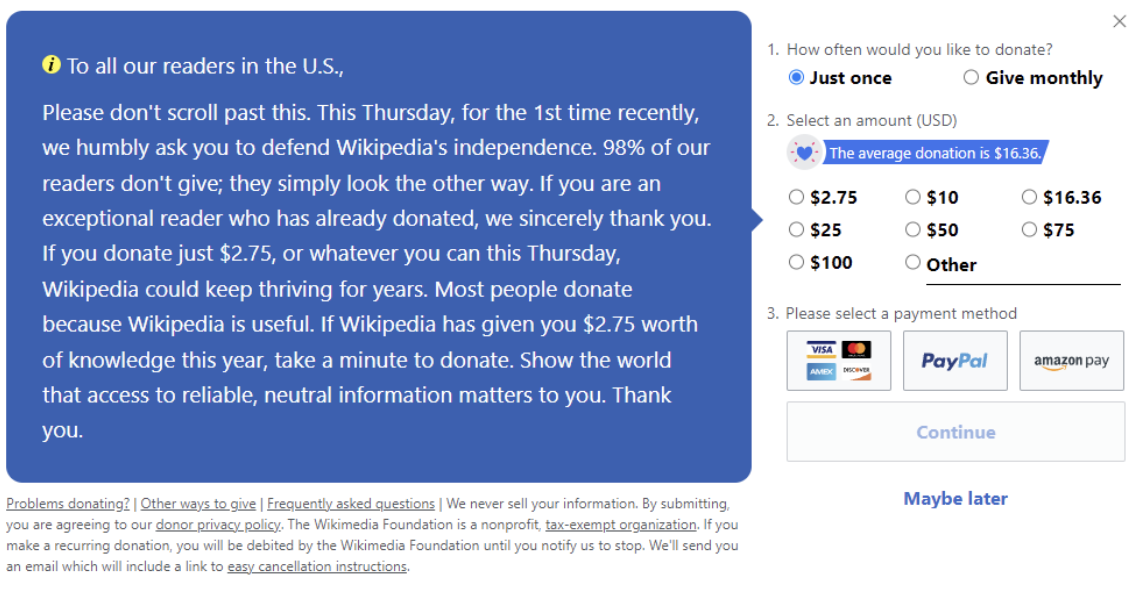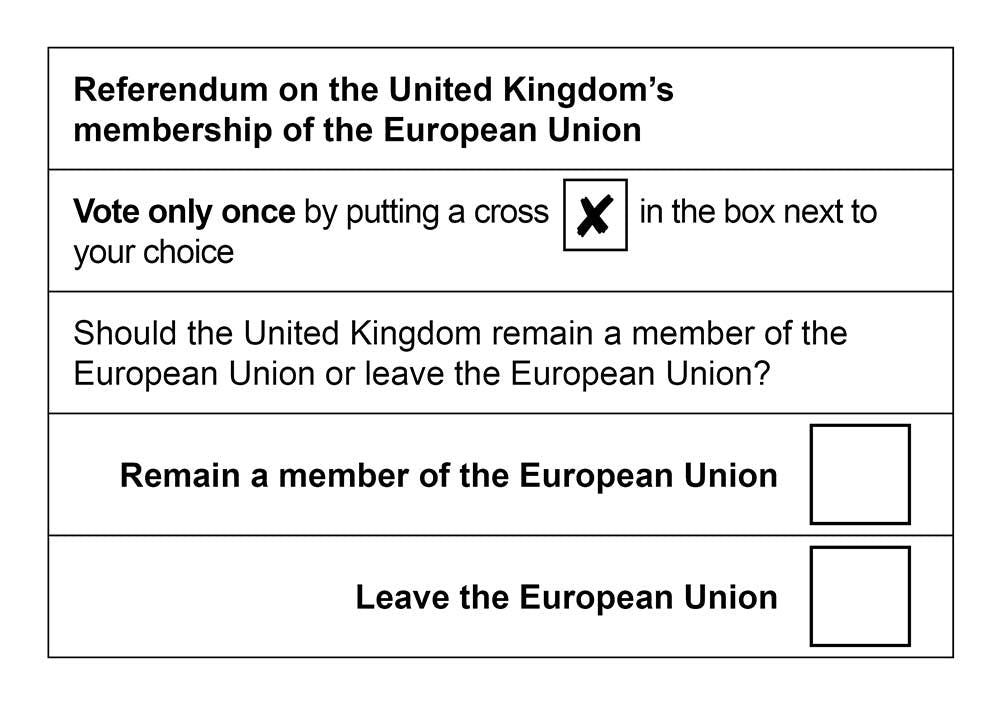Dancing to the Tunes of a Choice Architect
Not so long ago, while I was booking a flight for a friend’s destination wedding, I noticed that the price quote on the final page of the airline website was $20 higher than my careful calculations done prior to the actual booking itself. Upon a closer examination of the breakdown, I noticed that I had been automatically signed up to make a charitable donation of $20 to an institution that is devoted to helping underprivileged children. While one could argue that the inherent altruist in me could not find it in herself to uncheck the box that provides care to an underprivileged child in need, I could not help but feel a tad bit uncomfortable that my decision had been made for me by clever choice architects who (correctly) relied on my apparent rush to get done with the purchase process, and poor attentive skills as a consequence of the same.
Put very simply, choice architecture follows the belief that decisions are not made in a vacuum, and offers a set of tools that help policymakers or marketers or anyone who dons the role of a choice architect with a set of handy tools to tweak a decision-making environment in a manner that aims to influence the final outcome. Behavioral economists (particularly Richard Thaler and Cass Sunstein) describe the decision-making environment as one where the devil is in the details, and where even the tiniest aspects can have a major impact on behavior. They add that a good choice architect is one who realizes “that although they can’t build the perfect building, they can make some design choices that will have beneficial effects”.
Although at first glance the theoretical foundation and the rationale behind the existence of choice architecture seems rather intuitive, this article will serve to highlight how entrenched it is in our daily lives, and, more importantly, how its existence and its attempted influence on our behavior often goes unnoticed. Given the sheer breadth of information humans encounter on a daily basis, it is no surprise that little details often escape us. However, what should be of particular interest, and (sometimes) concern, to us is when the details are deliberately designed to escape us, or to prey on certain biases we are bound to fall victim to.
For instance, let us consider the example of subscription messages often encountered while making online purchases, or browsing through your run-of-the-mill content-centric website. Upon a closer look at the framing of these messages, one can discover that some types of messages are designed specifically to elicit a ‘yes’ out of the customer.

An opt-out frame is one where the default option (one that kicks into action if the decision maker does not make an explicit choice) is enrollment or consent. If success were to be defined as the degree to which a given frame achieves enrollment, the opt-out is indeed most successful because it benefits from the existence of a bias we humans often unknowingly subscribe to, status quo bias. For choice architects, this bias for the status quo over the alternative choice roughly translates to a simple rule: default options tend to stick. This seemingly theoretical rule is also supported by the numbers. For instance, in a seminal study, Madrian and Shea (2001) studied the outcomes of companies altering their 401(k) choice frames for new employees from a non-enrollment default to an enrollment default. It was discovered that very few employees in the automatic enrollment scheme (opt-out frame) selected out of their 401(k) plans, generating participation rates that approached 100% in many companies. Therefore, if numbers are the primary concern, opt-out is probably the way to go. However, this frame is not free of significant downsides, downsides that that often make choice architects wary of employing the opt-out. While it is less of a concern with seemingly harmless subscription messages, opt-out frames come under scrutiny when employed in domains that have a more significant bearing on an individual’s life (for instance, organ donation), leading to moral and ethical consequences that often obstruct its employment.
In looking at the more ethically acceptable tools of choice architecture, the opt-in frame features as an example of one frame that is often used by architects. Viewed as the opposite of the opt-out frame, non-enrollment or no consent is the default option in this case. An example of the same can be seen in Wikipedia’s periodical plea for donation illustrated in Figure 2 below. As seen in the figure, the default option here is to skip donating by scrolling through the page to access content as planned or to close the window by clicking the ‘x’ button on the top right corner.

Figure 2. Typical Wiki Ad (2021)
While it is true that inaction here would lead to no consent (or, in this case, no donation), what is of particular interest is that there is a lack of an explicit ‘no’ option. Would framing the choice differently by adding a ‘No, I do not want to donate’ have an impact on the aggregate amount donated by inducing a feeling of guilt in the minds of a reader? This third frame within choice architecture, known as the active choice frame, examines decisions in environments where there is no default option, or where neutral framing is at play. A recent example of the same can be seen in the Brexit referendum (Figure 3). As seen below, the choice is framed in a manner where there is no implicit default and the framing is strictly neutral without an attempt to influence the vote in one direction over another.

Figure 3. The Electoral Commission, Public domain, via Wikimedia Commons
In comparing and contrasting an opt-in frame to an active choice, the latter usually finds more success in garnering consent in domains that include volunteering, saving for retirement, HIV testing, pro-environment behavior, and decisions regarding one’s health. For instance, a study by Keller, Harlam, Loewenstein and Volpp (2011) demonstrated that active choice is more effective than an opt-in when it comes to deciding whether to get a flu shot. While 69% of the respondents indicated that they would get a flu shot in the active choice frame, only 42% did so in the opt-in frame. A second study (Cioffi and Garner, 1996) that looked at volunteering decisions for a sex and AIDS awareness education project adds to the literature on the success of an active choice frame by suggesting that active choosing results in a greater degree of commitment to a given activity as compared to making the same decision passively. Thus overall, this frame is desirable for some choice architects because it kills two birds with one stone, in that it both circumvents ethical issues tied to an opt-out frame and yields more beneficial outcomes as compared to opt-in.
About the Author
Poorvi Iyer
Poorvi is currently pursuing an MSc in Social Research Methods at the London School of Economics and Political Science. Prior to this, she has completed her BA in Economics and Psychology from New York University (NYU) and an MSc in Economics and Business (with a
About us
We are the leading applied research & innovation consultancy
Our insights are leveraged by the most ambitious organizations
“
I was blown away with their application and translation of behavioral science into practice. They took a very complex ecosystem and created a series of interventions using an innovative mix of the latest research and creative client co-creation. I was so impressed at the final product they created, which was hugely comprehensive despite the large scope of the client being of the world's most far-reaching and best known consumer brands. I'm excited to see what we can create together in the future.
Heather McKee
BEHAVIORAL SCIENTIST
GLOBAL COFFEEHOUSE CHAIN PROJECT
OUR CLIENT SUCCESS
$0M
Annual Revenue Increase
By launching a behavioral science practice at the core of the organization, we helped one of the largest insurers in North America realize $30M increase in annual revenue.
0%
Increase in Monthly Users
By redesigning North America's first national digital platform for mental health, we achieved a 52% lift in monthly users and an 83% improvement on clinical assessment.
0%
Reduction In Design Time
By designing a new process and getting buy-in from the C-Suite team, we helped one of the largest smartphone manufacturers in the world reduce software design time by 75%.
0%
Reduction in Client Drop-Off
By implementing targeted nudges based on proactive interventions, we reduced drop-off rates for 450,000 clients belonging to USA's oldest debt consolidation organizations by 46%




















